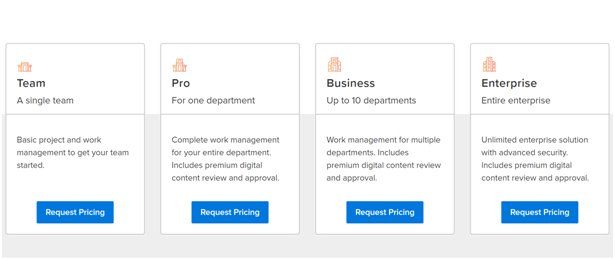
Whether you have remote consulting hours or not, you can use one of our consultants to export your data in the form of reports or kick-starts, or you can run these reports yourself:

Check with your AE/ CAE for more information or to get this process started. In doing so, there is no organization to the documents, and they are all referenced by their GUID.Ĭost: There is a cost associated with this download, depending on how long it takes the team to create the file.

The documents are stored on a separate file server and must be extracted separately using a separate process by the AOS team. Pros: You get your entire data load, including custom fields, as well as documents that are stored in the system.Ĭons: The database file is hard to read: there is no way you can read this file unless you upload it to a Postgres database and re-establish the relationships between the tables. An additional request will go to our AOS team to retrieve all of your stored documents. Your Account Executive can submit a request to our Database team to export a database dump file (.dmp Postgres file) with your data. Request a Postgres data dump file from our Database team You will have to download them separately. The interface of the Viewer is easy to use and read, and it’s easily importable in a MS Access Database.Ĭons: Documents are not exported. Pros: All your Workfront objects are exported, including the custom fields. This app also includes a viewer that allows you to easily view your data. Use one of our partnersĪtAppStore, a Workfront certified partner, has an easy-to-use app that allows you to download your data. This article explains the pros and cons of 4 options you can use to export historical data from Workfront. Export historical data from Adobe Workfront: Pros and cons


 0 kommentar(er)
0 kommentar(er)
